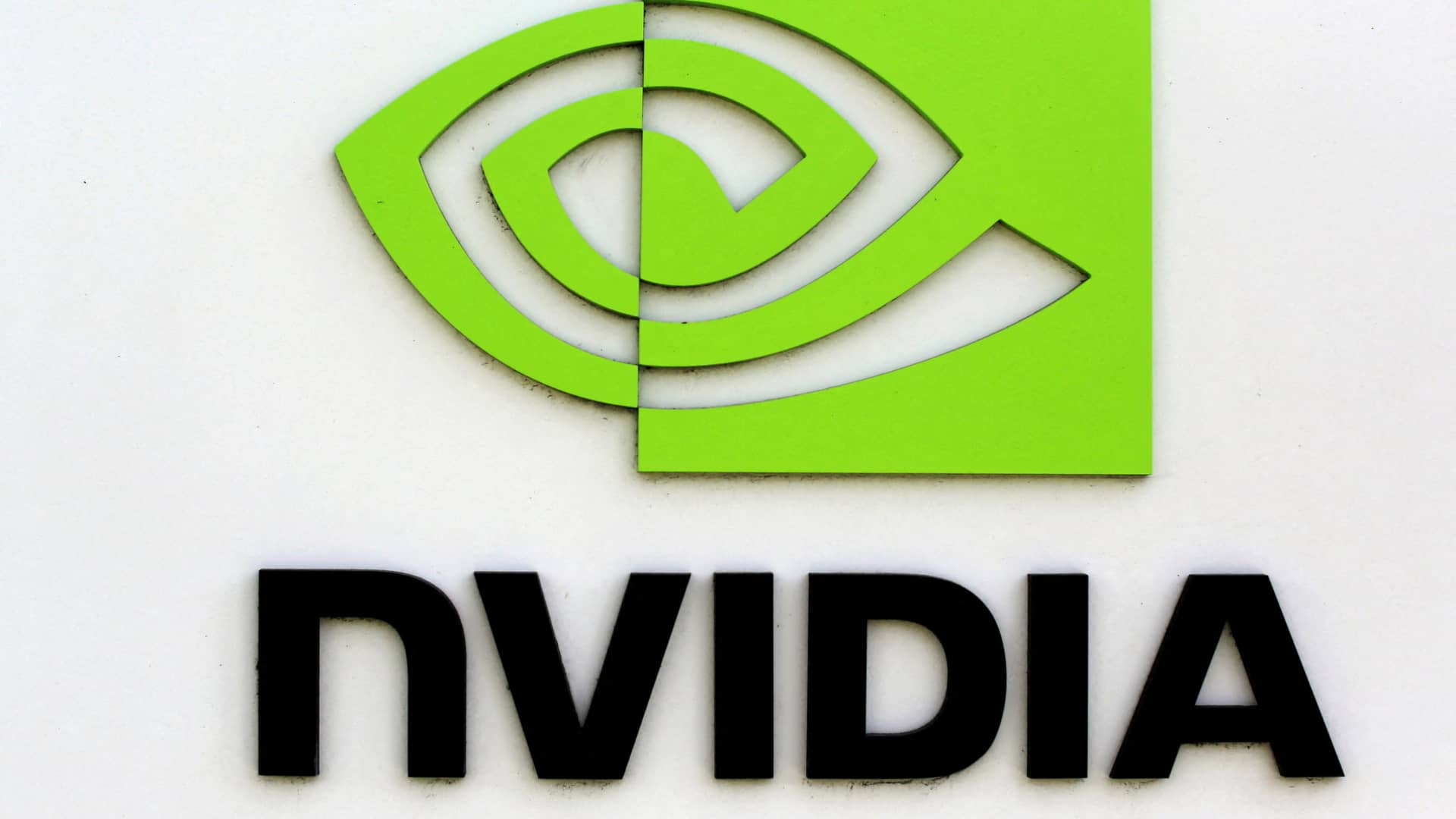For years, there have been consistent warnings from experts regarding the risks associated with employing AI technology in warfare. While much attention has been given to the potential dangers of autonomous weapons reminiscent of those depicted in the Terminator franchise, recent events in Israel’s conflict with Hamas in Gaza have highlighted another concerning application of AI on the battlefield.
Recently, Israeli publications +972 and Local Call shed light on an AI system known as Lavender, utilized by the Israeli Defense Forces for target identification in assassination missions. Unlike traditional protocols that required thorough assessment of targets, particularly senior Hamas figures, the deployment of Lavender appeared to involve a more indiscriminate approach following a series of attacks on October 7.
Reports from various sources within Israeli intelligence revealed that Lavender was trained on a diverse range of data, including images, cellular information, communication patterns, and social media connections, to profile individuals matching the characteristics of known Hamas and Palestinian Islamic Jihad members. Shockingly, even some Palestinian civil defense personnel were included in the dataset. Subsequently, Lavender assigned a rating of 1-100 to nearly every individual in Gaza based on their resemblance to the target profile. Those with high scores were marked as potential assassination targets, leading to a list that reportedly encompassed up to 37,000 individuals at one stage.
Despite acknowledging the system’s 90% accuracy rate in identifying militants, the sources indicated a lack of substantial human oversight in the target verification process. With a vast list and a significant number of low-priority targets, quick validations often involved merely confirming the gender of the individual. The utilization of Lavender in this manner, as described by the sources, potentially contributed to a significant civilian death toll, particularly in the initial phases of the conflict, where approximately 15,000 Palestinians, predominantly women and children, lost their lives.
The article also highlighted unprecedented directives from the IDF, suggesting an acceptance of collateral damage involving as many as 15 to 20 individuals in each strike. Moreover, the IDF’s preference for targeting individuals at their residences using automated systems, coupled with inaccurate estimations of bystanders in the vicinity, further exacerbated civilian casualties. The sources mentioned the routine use of conventional bombs due to the low value of the targets, leading to a higher risk to civilians.
The narrative underscores a critical lesson applicable to past and future conflicts—technology’s impact is heavily influenced by its application. The choices made regarding the use of advanced tools like the one detailed in the +972 article significantly influence the outcomes. Whether aiming to minimize casualties or accepting a certain level of civilian harm, the responsibility ultimately rests with human decision-makers and the level of oversight exercised.
In light of these revelations, the global community may be prompted to reevaluate the regulation of AI in warfare. While initiatives like the U.S.-led Political Declaration on Responsible Military Use of Artificial Intelligence and Autonomy emphasize adherence to international laws and ethical standards, the non-binding nature of such agreements raises questions about their effectiveness. The need for a comprehensive treaty addressing the ethical and responsible deployment of AI in conflict zones is becoming increasingly apparent.
The implications of AI’s role in the Gaza conflict serve as a stark reminder of the ethical considerations and human judgments that must accompany technological advancements in warfare. As the world grapples with the evolving landscape of AI applications, the need for robust governance frameworks to ensure accountability and minimize harm remains paramount.










